
Vorticism was a London-based modernist art movement formed in 1914 by the writer and artist Wyndham Lewis. The movement was partially inspired by Cubism and was introduced to the public by means of the publication of the Vorticist manifesto in Blast magazine. Familiar forms of representational art were rejected in favour of a geometric style that tended towards a hard-edged abstraction. Lewis proved unable to harness the talents of his disparate group of avant-garde artists; however, for a brief period Vorticism proved to be an exciting intervention and an artistic riposte to Marinetti's Futurism and the post-impressionism of Roger Fry's Omega Workshops.

Nina Hamnett was a Welsh artist and writer, and an expert on sailors' chanteys, who became known as the Queen of Bohemia.

The Royal Military Academy Sandhurst, commonly known simply as Sandhurst, is one of several military academies of the United Kingdom and is the British Army's initial officer training centre. It is located in the town of Sandhurst, Berkshire, though its ceremonial entrance is in Camberley, Surrey, southwest of London. The academy's stated aim is to be "the national centre of excellence for leadership". All British Army officers, including late-entry officers who were previously Warrant Officers, as well as other men and women from overseas, are trained at the academy. Sandhurst is the British Army equivalent of the Britannia Royal Naval College and the Royal Air Force College Cranwell.

The Army Reserve is the active-duty volunteer reserve force of the British Army. It is separate from the Regular Reserve whose members are ex-Regular personnel who retain a statutory liability for service. The Army Reserve was known as the Territorial Force from 1908 to 1921, the Territorial Army (TA) from 1921 to 1967, the Territorial and Army Volunteer Reserve (TAVR) from 1967 to 1979, and again the Territorial Army (TA) from 1979 to 2014.
Harold Stanley Ede, also known as Jim Ede, was a British collector of art and friend to artists.
The Officers' Training Corps (OTC), more fully called the University Officers' Training Corps (UOTC), are military leadership training units operated by the British Army. Their focus is to develop the leadership abilities of their members whilst giving them an opportunity to take part in military life whilst at university. OTCs also organise non-military outdoor pursuits such as hill walking and mountaineering. UOTC units are not deployable units nor are their cadets classed as trained soldiers until completion of MOD 1 training. The majority of members of the UOTC do not go on to serve in the regular or reserve forces.
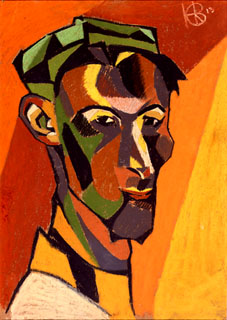
Henri Gaudier-Brzeska was a French artist and sculptor who developed a rough-hewn, primitive style of direct carving.
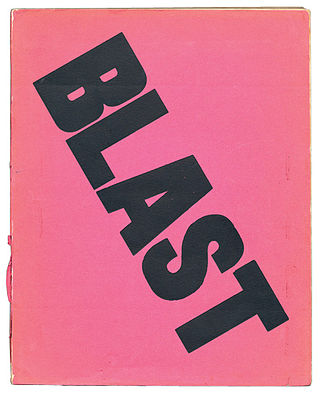
Blast was the short-lived literary magazine of the Vorticist movement in Britain. Two editions were published: the first on 2 July 1914 and featured a bright pink cover, referred to by Ezra Pound as the "great MAGENTA cover'd opusculus"; and the second a year later on 15 July 1915. Both editions were written primarily by Wyndham Lewis. The magazine is emblematic of the modern art movement in England, and recognised as a seminal text of pre-war 20th-century modernism. The magazine originally cost 2/6.

Alexander Richard Pettyfer is a British actor and model. He appeared in school plays and on television before being cast as Alex Rider, the main character in the 2006 film version of Stormbreaker. Pettyfer was nominated for a Young Artist Award and an Empire Award for his role.
Admiral Sir James Hanway Plumridge was a British naval officer whose career extended from Trafalgar to the Crimean War, and a Liberal Party Member of Parliament (MP).

Sarah Grand was an English feminist writer active from 1873 to 1922. Her work revolved around the New Woman ideal.
Mervyn Levy was a Welsh artist, art teacher and writer on art. Born in Swansea, where he became a friend of the painter Alfred Janes, the poet Dylan Thomas and the musician Daniel Jones, he spent most of his teaching career in Bristol and London, and made several popular television series about painting techniques. He published monographs on contemporary artists, and a catalogue raisonnee of the works of his friend the painter L. S. Lowry.

General Sir James Aylmer Lowthorpe Haldane, was a Scottish soldier who rose to high rank in the British Army.
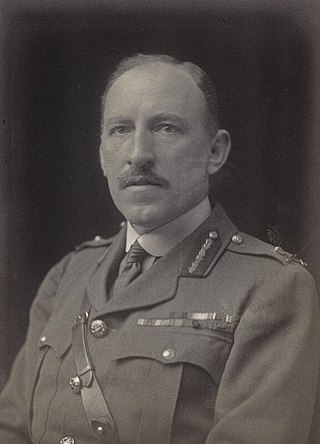
Field Marshal Sir Cyril John Deverell was a British Army officer who served as Chief of the Imperial General Staff (CIGS), the professional head of the British Army, from 1936 to 1937. Prior to his becoming CIGS, he fought in the Fourth Anglo-Ashanti War and the First World War, during which he commanded at battalion, brigade and division level, and later advised the British government on the importance of maintaining the capability to mount an Expeditionary Force for operations on mainland Europe in the years leading up to the Second World War.

Alfred AaronWolmark was a painter and decorative artist. He was a Post Impressionist and a pioneer of the New Movement in Art.
Claud Lovat Fraser was an English artist, designer and author.
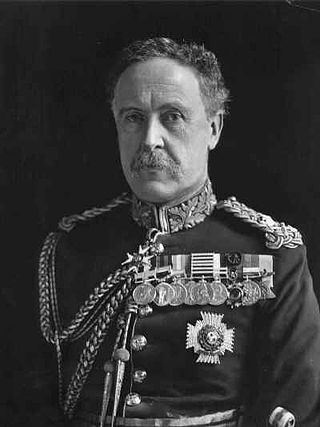
General The Honourable Sir Neville Gerald Lyttelton, was a British Army officer from the Lyttelton family who served against the Fenian Raids, and in the Anglo-Egyptian War, the Mahdist War and the Second Boer War. He was Chief of the General Staff at the time of the Haldane Reforms and then became Commander-in-Chief, Ireland.
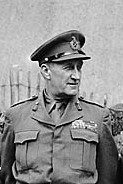
General Sir Lashmer Gordon Whistler,, known as "Bolo", was a British Army officer who served in both the world wars. A junior officer during the First World War, during the Second World War he achieved senior rank serving with Field Marshal Sir Bernard Montgomery in North Africa and North-western Europe from 1942 to 1945. Montgomery considered that Whistler "was about the best infantry brigade commander I knew". In peacetime, his outstanding powers of leadership were shown in a series of roles in the decolonisation process, and he reached the four-star rank of a full general, without having attended the Staff College, Camberley, then considered almost essential for an officer wishing to attain high rank, and which a significant majority of the British generals of the war had attended. This, in Richard Mead's words, was, "proof that lacking a Staff College qualification was no barrier to advancement for the right man."
Events from the year 1915 in France.

Ethel (Dolly) Kibblewhite (1873–1947) was the host of an important artistic and literary salon in London in the 1910s. The salon was held at her home at 67 Frith Street and presided over by the poet and critic T.E. Hulme.















